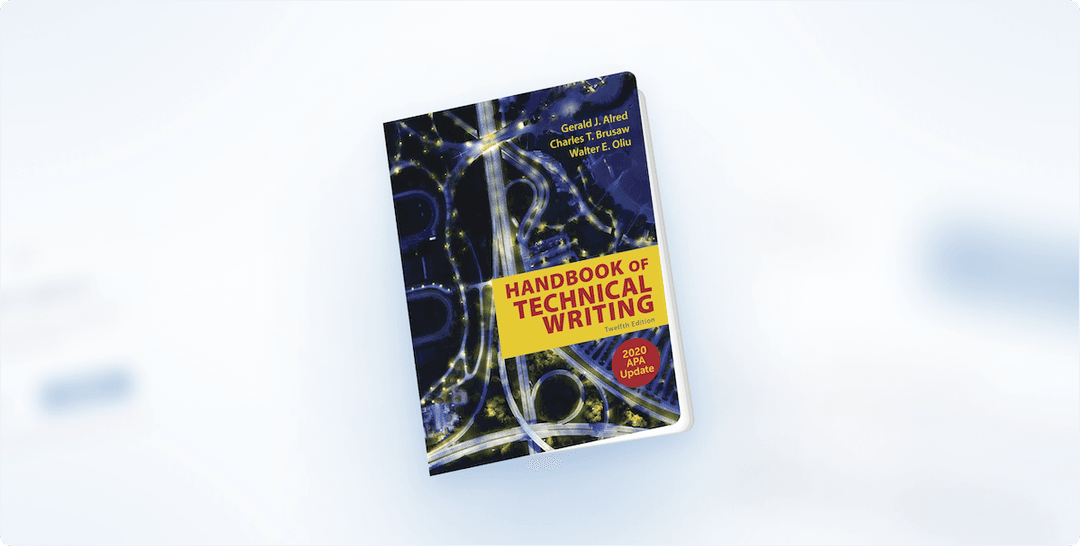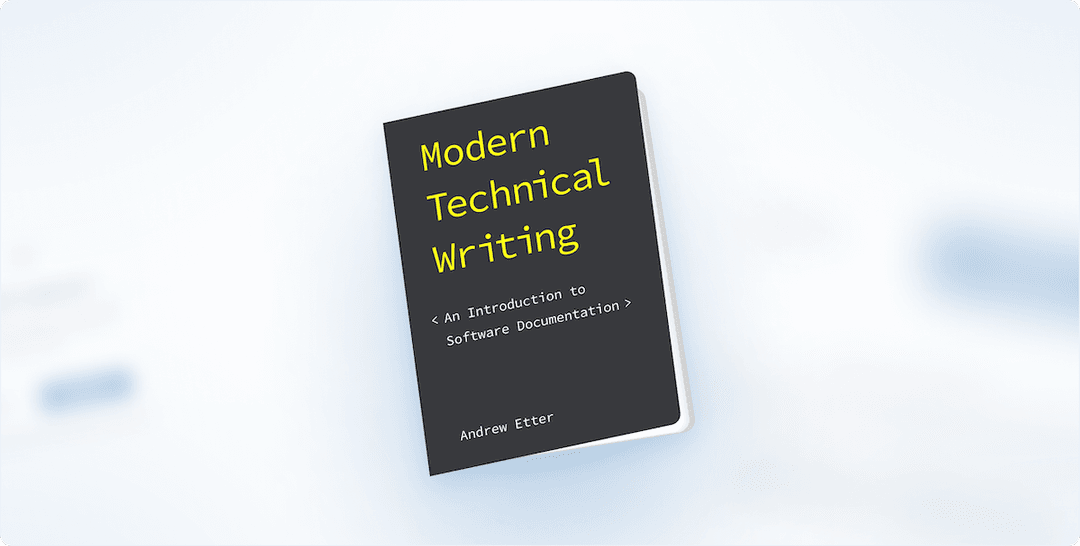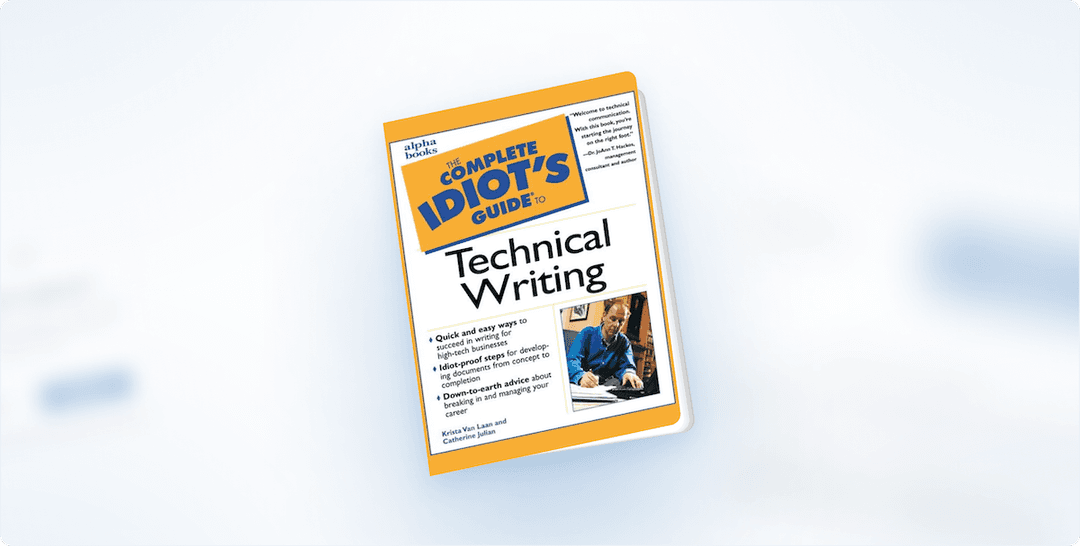1. Welcome to the World of High-Quality Tech Writing
Imagine you’re handed a puzzle with thousands of pieces, all scattered in a box. Developing quality technical information is much like solving that puzzle—every piece must fit just right. In Developing Quality Technical Information, Gretchen Hargis and her co-authors guide you through finding the perfect fit to craft clear, concise, and user-friendly documents.
They emphasize that great technical writing is both an art and a science. You need to understand your audience, convey the message in a straightforward manner, and avoid drowning your readers in jargon. Ready to lift the lid on the secrets to outstanding technical communication? Let’s dive in.
2. Defining “Quality” in Technical Information
The book starts by setting up core principles for “quality” in technical documents: clarity, accuracy, completeness, and usability. You might think these qualities are obvious, but they’re actually tough to consistently nail down.
One common pitfall is over-explaining. The authors warn that too much detail can be confusing. On the flip side, not giving enough context can lead to incomplete instructions. Finding a sweet spot makes your information both informative and digestible.
The authors also highlight the importance of consistency in terminology and tone. If your instructions read like they were written by a handful of different authors, it’s time to unify them.
3. The Big Principles Behind Great Writing
Once you understand what “quality” means, it’s time to build it into your writing. The book champions the principle of “writing to be read,” which means focusing on how your audience will process the words on the page.
They stress brevity: say only what you need to say, in the simplest way possible. Another key principle is using active voice—make your sentence come alive by putting the action up front. This helps your readers quickly grasp the steps they must follow.
Finally, the authors encourage testing your text by reading it aloud. If it’s awkward to say, it’s probably awkward to read.
4. Structuring Your Document for Impact
Imagine walking into a cluttered room—there’s stuff everywhere and you have no idea where to start. That’s what a poorly structured document feels like to your reader. The authors show how strong organization keeps your audience happily engaged.
First, let your audience know what they’ll learn. Then walk them through the task step by step, making sure each point flows naturally into the next. This ensures they don’t get lost.
Subheadings, bulleted lists, and white space become your best friends here. They break information into bite-sized chunks. By using clear, consistent formatting, you’re basically giving your readers a well-lit path to follow.
5. Visual Aids that Speak Volumes
It’s true: pictures can often say what words cannot. The authors encourage the use of screenshots, diagrams, and examples to illustrate important concepts. A good image can help your audience see a feature or process in action.
Diagrams can also support step-by-step procedures. For instance, a simple flowchart might show how to set up a new piece of software, or a screenshot might highlight which button to click.
The trick is not to overdo it. If visual aids don’t serve a clear purpose, they can end up distracting the reader. Use them strategically to reinforce the text—and keep it all as clean as possible.
6. Mastering the Balance Between Detail and Flow
You need enough information to guide your reader but not so much that they tune out. The authors urge technical writers to identify the essential facts, instructions, and clarifications.
Aim for clarity: define any jargon or acronyms the first time you use them. Then, think from the user’s perspective—what exact steps would they follow? Answer that question and skip the fluff.
Once you’ve found your sweet spot, your document flows smoothly. It becomes an effortless read, not a dense lecture.
7. Review and Revise: Your Document’s Workout Routine
Even the best writers can’t nail everything on the first try. That’s why revision is at the heart of Developing Quality Technical Information. The authors encourage multiple review passes, from checking grammar and typos to verifying the accuracy of every step.
They recommend peer reviews and user feedback. The more eyes on your work, the better. Outside perspectives can catch ambiguities and unnecessary details you might have overlooked.
By the time you’ve revised a few times, your document should be polished, accurate, and on point. Let it shine!
8. Getting Real Feedback from Real Users
No matter how good your writing appears to you, the real test is how it plays out in the hands of your intended audience. That’s why the authors suggest usability testing.
Hand your documentation to actual users or colleagues who will follow the instructions. Watch where they pause, get confused, or ask questions.
Tweak the content based on their feedback—this ensures your final product is more than just theoretically helpful; it’s practically helpful.
9. Teamwork Makes the Documentation Dream Work
Technical writing is rarely a solo adventure. You’ll be working with engineers, product managers, designers, and perhaps a whole army of proofreaders. The authors talk about communication, establishing roles, and setting clear expectations so nobody drops the ball.
Collaboration also extends to documentation tools. Teams need resources that support version control, allow simultaneous edits, and keep everyone on the same page. A platform like Archbee can help unify the team’s efforts and maintain consistency.
At the end of the day, when the entire team is aligned, the result is a seamless, high-quality document that benefits everyone.
10. Tools and Resources to Keep You at the Top of Your Game
Developing Quality Technical Information recognizes that writers today have an ever-growing toolbox at their disposal. Whether it’s cloud-based editors, style checkers, or content management systems, the right resource can streamline your workflow.
One potential solution to explore is Archbee, which simplifies content creation and collaboration. But there are many others—what matters most is choosing the tools that fit your team’s processes.
Regardless of which tools you pick, remember to tailor them to the principles you learned: clarity, brevity, and user focus. That’s what makes your documentation stand out.
Conclusion
In short, Developing Quality Technical Information by Gretchen Hargis et al. is your friendly companion for creating documents that sparkle with clarity. From defining what “quality” means, to mastering detail and flow, to testing your writing on real users—it guides you through the entire process with a light touch and practical advice.
So whether you’re a seasoned pro or just dipping your toes in technical writing, this book has you covered. Quality is not a destination—it’s a journey of continuous learning and improvement. Keep these principles in your back pocket, and you’ll be well on your way to crafting top-notch technical content that truly helps your audience.



